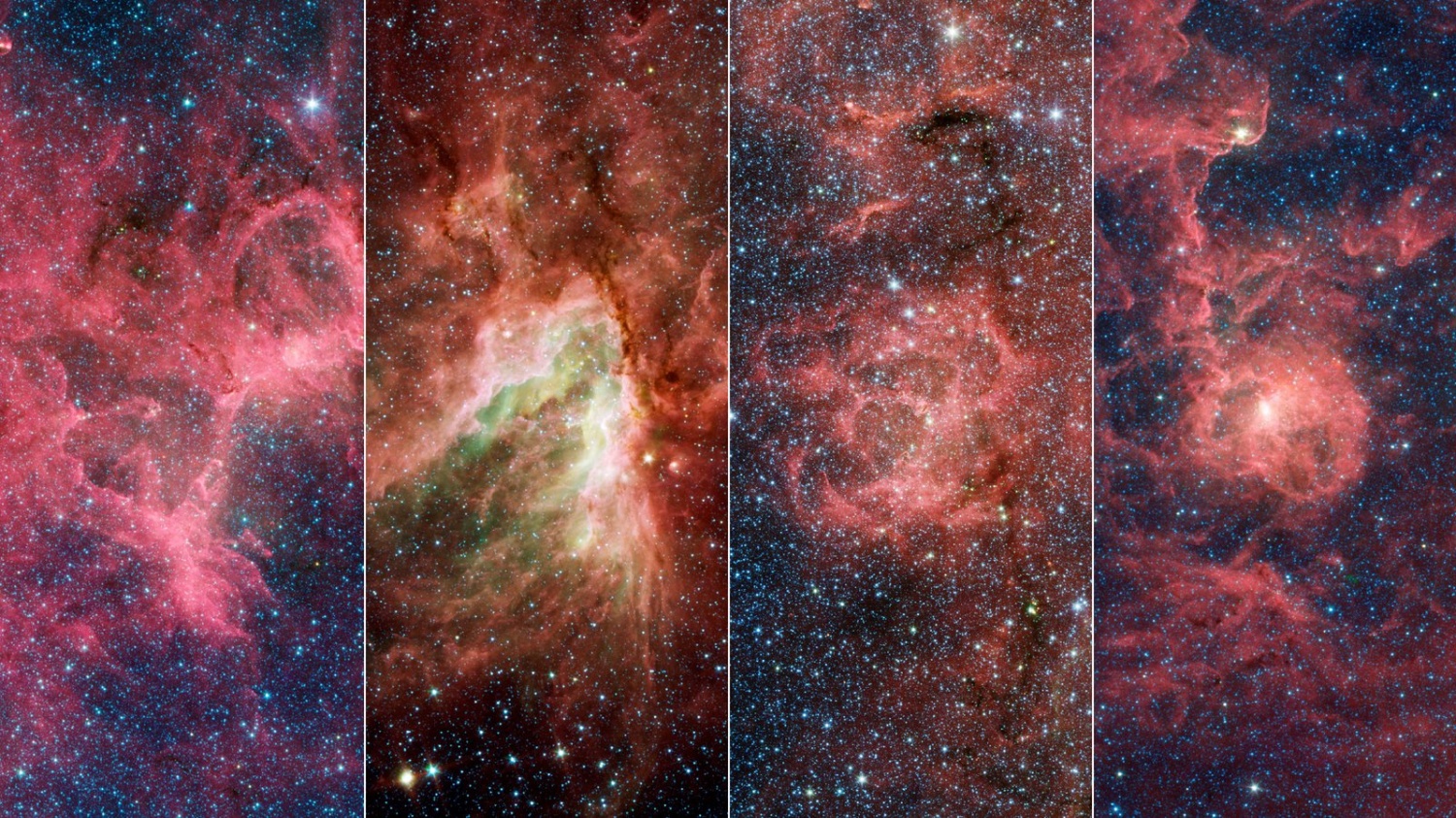NASA shares 4 awesome nebulae online; Claims stars are “just like us”
[ad_1]
NASA frequently posts photos of Earth and space that inspire social media users. The space agency uploaded four photos of nebulae to their official Instagram feed this time. “The stars: they are like us!” wrote NASA.
Before you start comparing ourselves to celestial bodies, know that even stars are made up of hydrogen, helium, and carbon. According to NASA, the four nebulae captured in the photographs are the Eagle Nebula, the Omega Nebula, the Trifid Nebula and the Lagoon Nebula.
NASA explained on Instagram that nebulae are incredibly beautiful clouds of gas and dust that form stars. Below are four of the most famous known nebula images captured by the Spitzer Space Telescope.
“The closest known nebula to Earth contains the remains of a dying star – possibly like our Sun, called the propeller nebula,†the space agency added.
NASA says it would take 700 years for people to get to the nearest nebula
So how far away from the nearest nebula are we? NASA said in the same Instagram post that getting there would take several hundred years. Even if you could travel at the speed of light, it would take 700 years to get there from a distance of 700 light years, according to the space agency.
NASA said in a declaration that astronomers made “rough estimates of the distance to some of the stars in these four nebulae” in the 1950s. As a result, the team was able to deduce the presence of Sagittarius’ arm, providing one of the earliest evidence of the spiral structure of our galaxy.
The word nebula comes from the Latin nebula, which means cloud or fog.
READ ALSO : NASA’s Hubble Space Telescope takes a closer look at AG Carinae; Giant Star’s dual nature revealed in stunning footage
Untangling the Tarantula Nebula
During this time, Astronomy.com stated that another French adventurer made an equally fantastic discovery in 1751. Nicolas-Louis de Lacaille classified his discovery as a “nebula of the first type”, indicating that he could not detect any stars in the nebula at the using his telescope.
Lacaille’s discovery, seen through wide-aperture glasses, showed the object’s incandescent gas spider-like tendrils, which gave the object its popular name: the tarantula nebula.
The Tarantula is a huge stellar nursery that generates hundreds of thousands of stars from a large reservoir of mainly hydrogen gas. The largest of these newborn suns are among the largest ever discovered, and they burn hot and bright, ionizing the surrounding gas and giving it a distinctive reddish hue.
Despite being 160,000 light years from Earth, Tarentula shines bright enough to see with the naked eye from the southern hemisphere. M42, on the other hand, is only 1,500 light years away and visible to the human eye.
If the Tarantula is the same distance as the Orion Nebula, it will encounter the same sky as 75 Full Moons placed side by side. It would also be bright enough to produce distinct shadows.
Using the Tarantula as a paradigm for these systems has another advantage over its Milky Way counterparts. The Tarantula and the surrounding Large Magellanic Cloud (LMC) have much less heavy elements than the star-forming regions of our own galaxy. The amount of metals in LMC is half that of the Milky Way, making it much more analogous to the purer substance present in the distant and early universe. It’s almost as if astronomers discovered their own Rosetta Stone with the tarantula and started using it as a key to unlocking the secrets of how stars and galaxies were created.
RELATED ARTICLE: The crab nebula could be home to the most powerful electron accelerator ever discovered, scientists say
Discover more news and information about Space in Science Times.
[ad_2]

